Boeuf Bourguignon – is essentially a beef stew made with mushrooms and onions and plenty of Burgundy wine. This is a great dish regularly destroyed by participants on the excruciatingly awful UKTV programme, ‘Come Dine With Me’! Or there’s Coq au Vin, another Burgundian favourite, that requires a very old rooster to attain perfection. In both cases the meat involved is so tough it requires long, slow cooking and therein lies its secret. Tough French meat is what immediately comes to mind when, as we wander round the annual Food and Wine Fair in Chalon-sur-Saône, I spot a colourful group of individuals decked out in the robes of the Confrérie des Saveurs du Pays Charolais. This is essentially an ancient order of master butchers with a considerable knowledge of beef generally and, in particular, of the Burgundy region’s hefty white Charolais cattle. An opportunity not to be missed – this is the ideal moment to pick their brains. And this time I will not make the mistake of announcing, as I once did in a butcher’s in Briare the day before the news of mad cow disease in the UK broke, that British beef is better than theirs! No, I am full of praise for their beasts but just want to mention that I am a little confused over how to cook some of the cuts I see on sale. There are so many more than we have in the UK and often from bits of the animal I have a problem recognising.
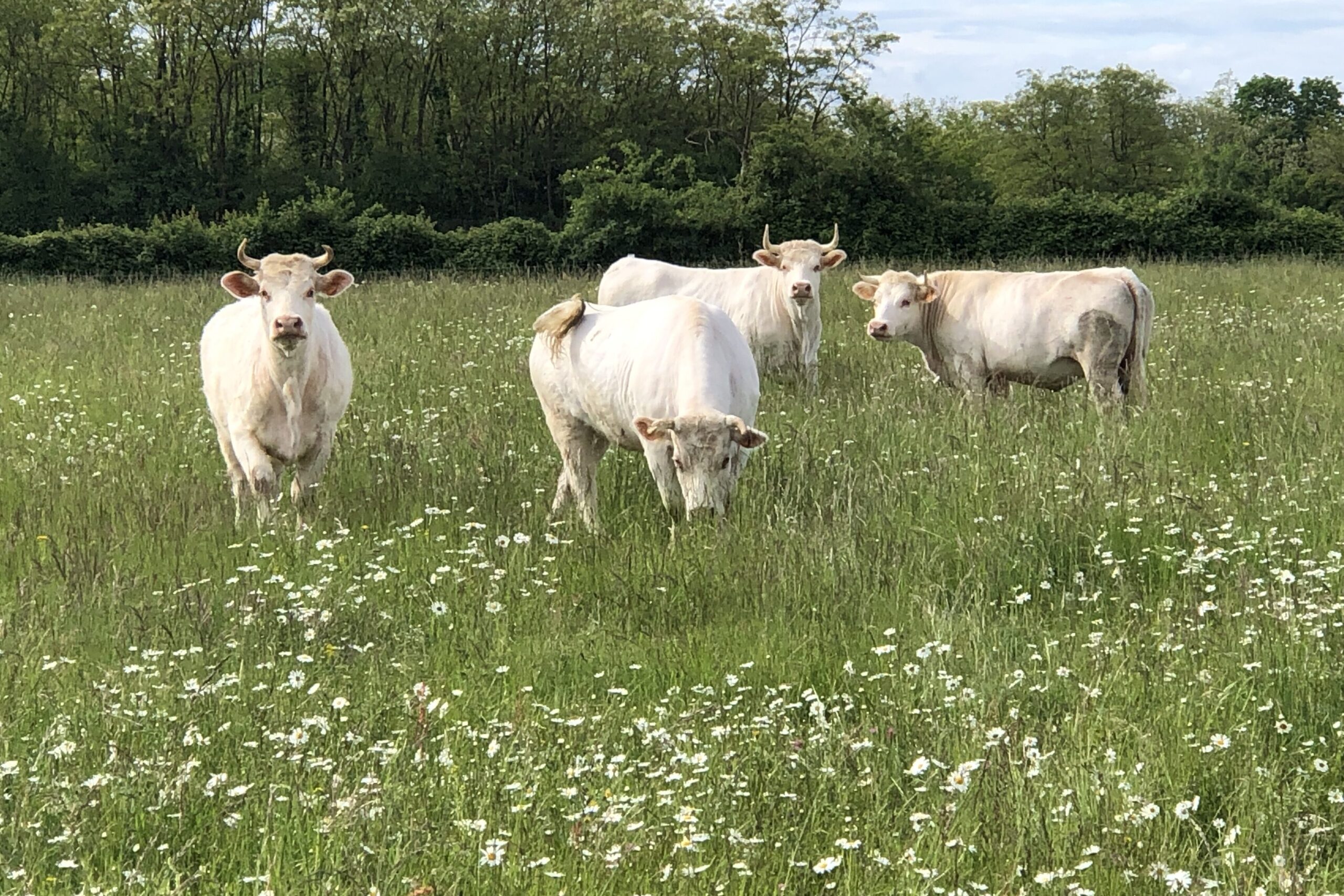
If you still enjoy eating meat then there are one or two things that are worth knowing: the French breed leaner beef, eat it older and fresher. That leanness and greater age means theirs is often a good deal tougher than ours unless very carefully cooked as well as being less flavoursome due to little or no ‘hanging’ time. The English are regarded as Philistines by the French – not least because we like our beef well-done. That’s what we request in a French restaurant. But our own beef is heavily marbled with fat, and cooked at a more tender age and long slow cooking is the order of the day if you like a slice of well roasted Angus. Roast beef is definitely an English thing. Obviously, the French don’t know what they are missing but, in any case, we are not comparing like for like. The tenderness and the tastes we really like only develop in more youthful well-hung meat. I’ll just pause here to consider that last bit of phraseology. What the hell – just leave it in!
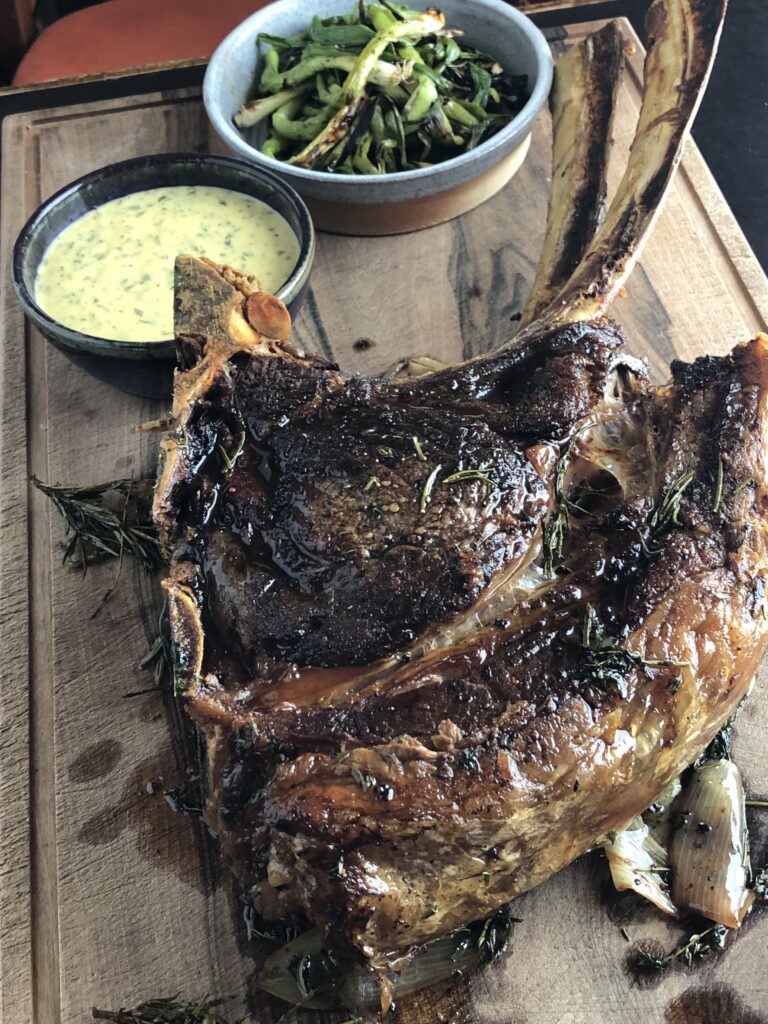
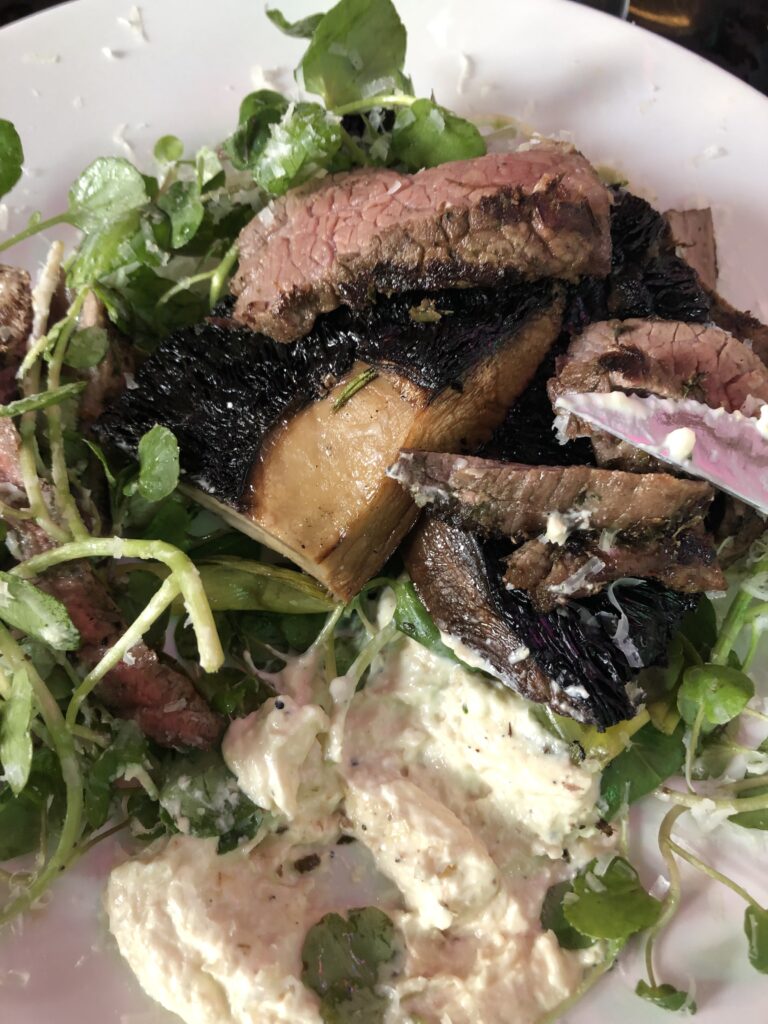
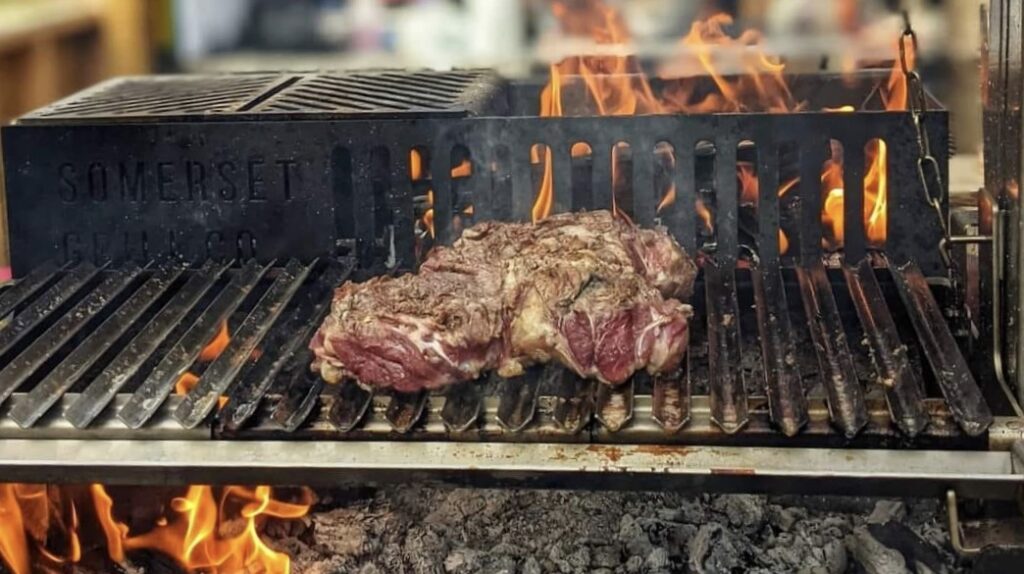
Their meat is older, leaner and therefore tougher, so they eat it rarer. Even so it can be quite chewy. Not a problem if you are French; if anything is designed to give you powerful jaw muscles, it’s the baguette. That daily consumption of chewy baguette which begins in the high-chair means they think nothing of polishing off meat we can’t even get a knife through, never mind our teeth.
I have a theory about all this – bear with me for a moment.
A daily dose of baguette also goes a long way to explaining why they speak better French than we do – apart from it being their mother tongue! All that chewing produces powerful jaws, strong teeth and well-honed facial muscles. Who wouldn’t speak good French after such daily work-outs? Watch any French person speaking and all the muscles around the mouth are going nineteen to the dozen. The lips stretch wide, then purse tightly up together. Try it for yourself. How could we ever expect to emulate their accents after a lifetime of steamed sliced white? When we speak our own language we can manage this by barely opening our mouths. They like chewy bread and tough meat and speak pretty decent French. We eat soft factory-made loaves so never develop that superior facial musculature though we do become very good at muttering and, this is only a guess, we probably make better ventriloquists.
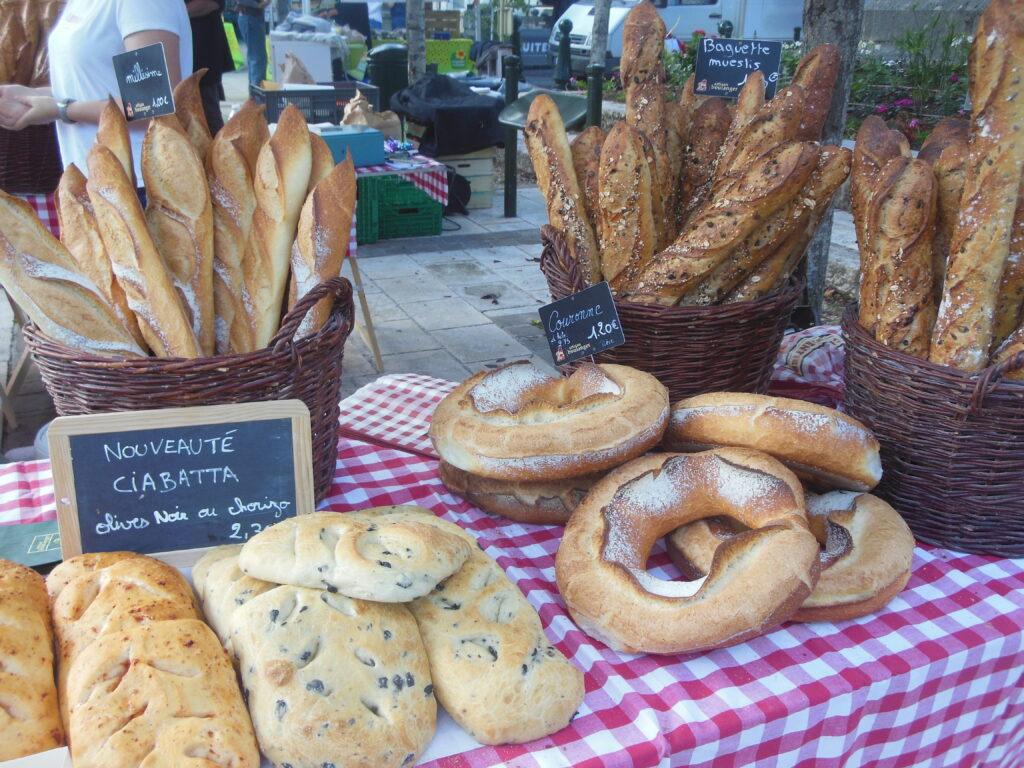
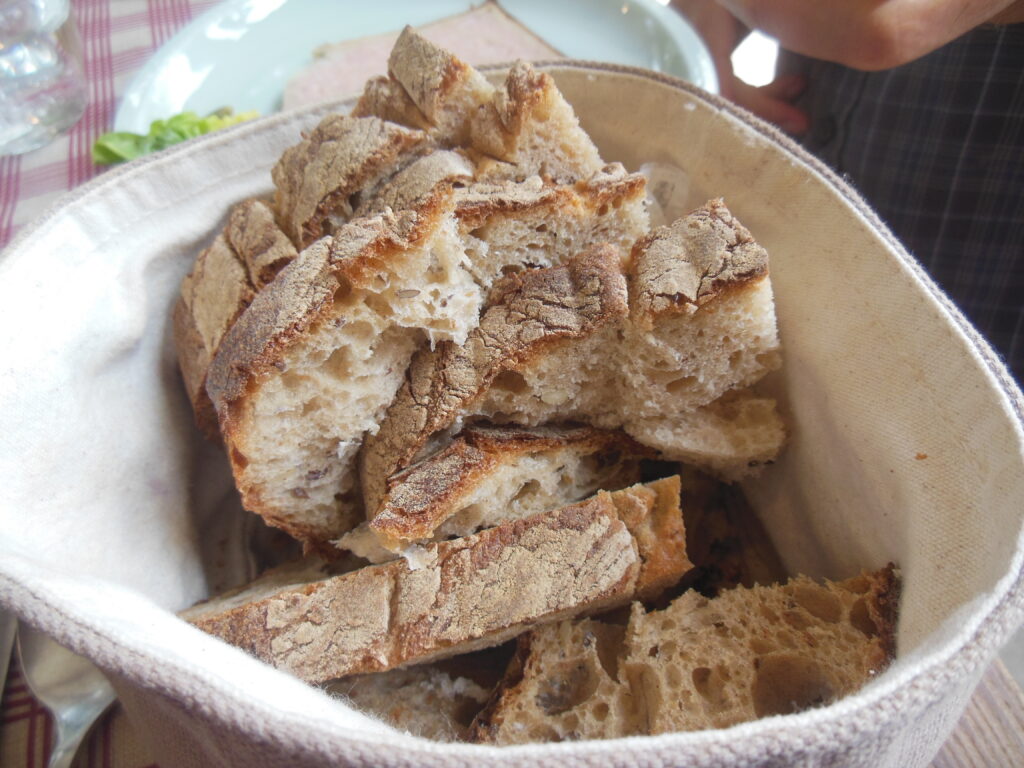
Anyway, I decide not to mention any of this to the members of the Confrérie and ask instead how one should cook such cuts as faux-filet, contre-filet, bavette, onglet and pavé de boeuf. The answer appears to be – all in much the same way: speedily grilled to colour the outside and served very rare. Other cuts require long slow cooking – though never roasting – Tendre de tranche is best barded with pork fat and braised in a covered pot with a little wine; jarret de boeuf is the traditional cut for a pot au feu; paleron should be slow-cooked with onions for the perfect Flemish carbonnade. Information and advice comes thick and fast. They even rustled up some faux-filet for us to try there and then. I must say it was delicious; okay it was a little chewy but very tasty. We bought some for dinner. I cooked it in a searingly hot cast iron pan, browning it quickly on all sides so it was well sealed on the outside but still rare in the middle, then left it to rest in a warm oven for about ten minutes. We had it with baby onions braised in beaujolais wine and some ceps; it was pretty good.
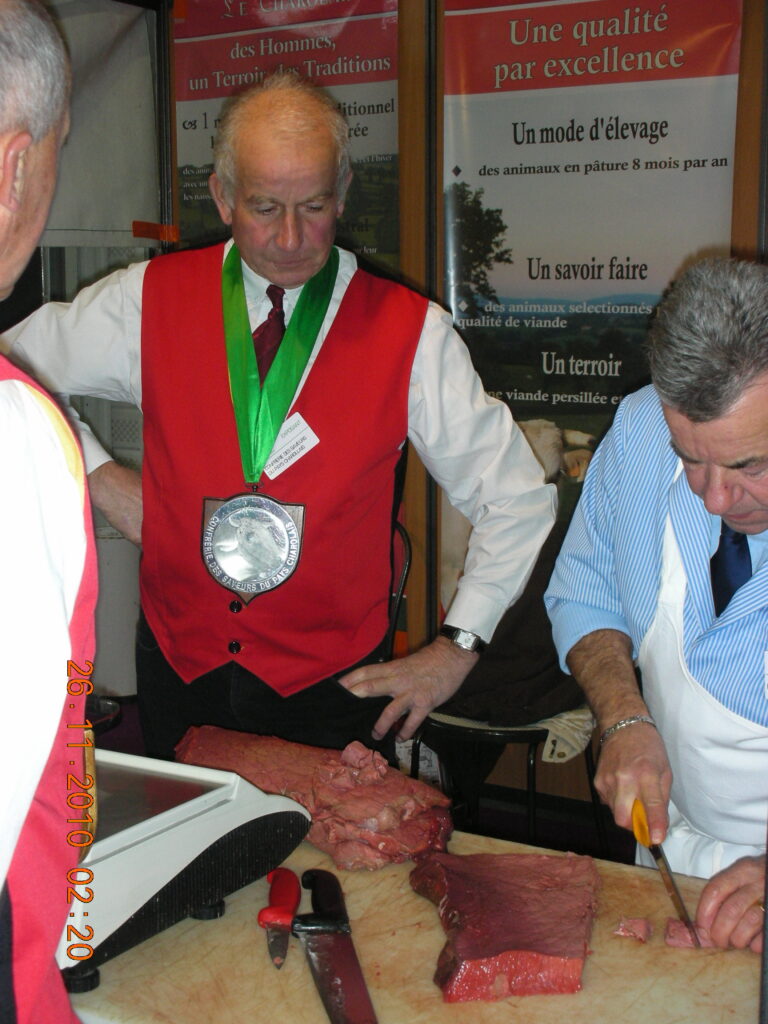
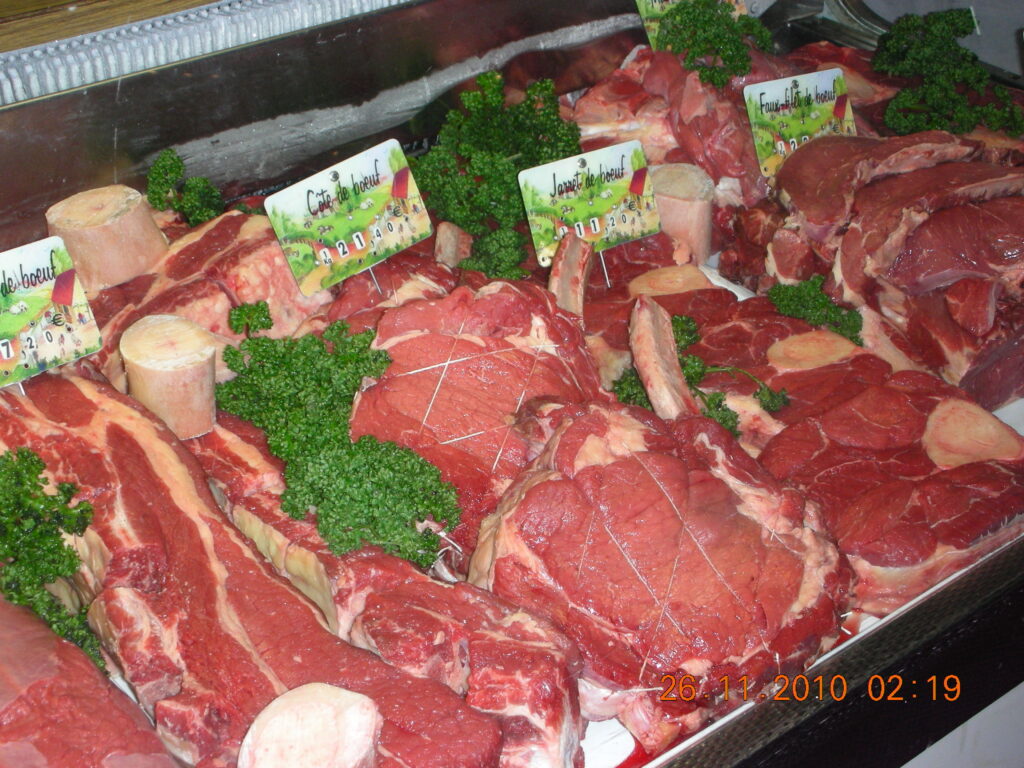
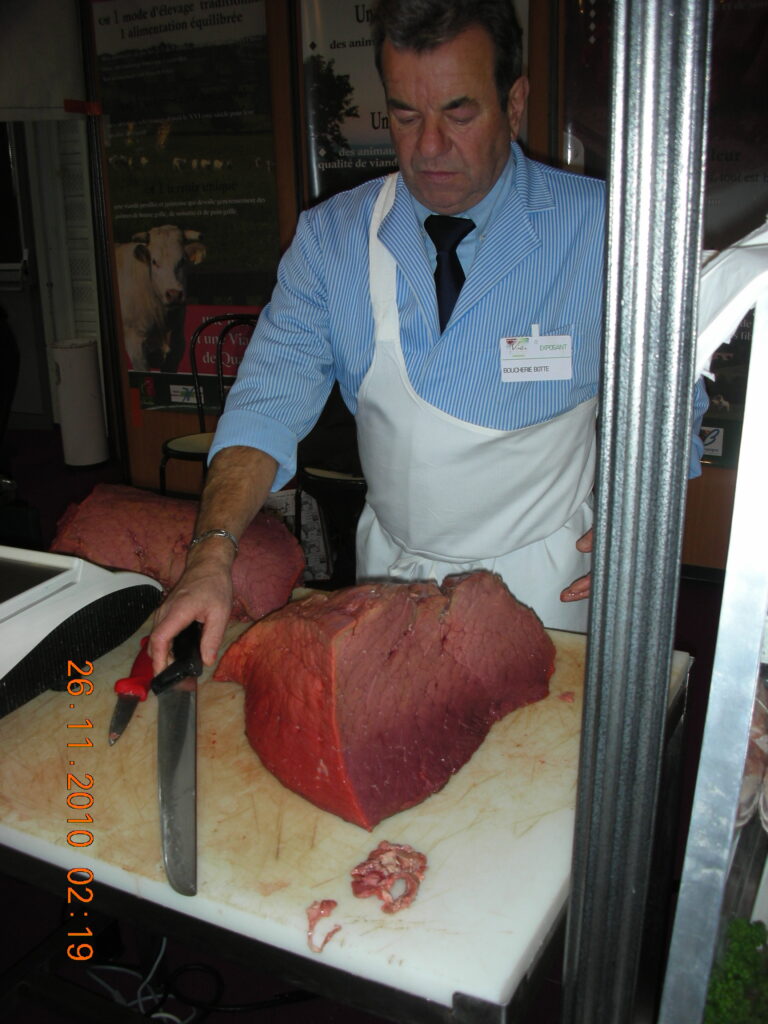
Inspired by my meeting with the Confrerie of Burgundy butchers, I determined that it was time to get to grips with some proper Burgundian home cooking. I consult my Burgundian recipe book. Stuffed guinea fowl marinated in port sounds fairly grown up, although not too demanding. I buy a free range guinea fowl in the market and some pork mince to stuff it with. The recipe calls for breadcrumbs softened in milk, to be added to the pork along with other bits and bobs. Normal French bread does not crumb – I know this. So I buy pain de mie, bung it in the Magimix and voilà, we have crumbs. I mix them with the prescribed amount of liquid and the whole thing turns into porridge. Is that how it’s meant to be? Something tells me – probably not. Hey-ho- French shrug – press on. I won’t go into the marinading bit with the port or just how you are supposed to brown a bird by turning it in butter when its gloopy stuffing is running out of its nether regions. Let’s just say that all was definitely not well. It got cooked, we ate a bit, felt sick and consigned the rest to the bin.
I retire hurt and for the next few nights, much to Tam’s extreme relief, cook things like cauliflower cheese, shepherd’s pie and bangers and mash.
A few days later, with returning confidence, I decided to have another go at a renowned Burgundian dish and made a blanquette de veau. It was quite disgusting, which surely must have been my fault because this is, after all, one of the great dishes of France. I now discover that blanquette de veau is from the Franche Comté, so not really a Burgundian failure after all – just a falure. Still….. Coq au vin and boeuf Bourguignon though still on the list are moved, metaphorically speaking, onto the back burner. Then, after due consideration I decide, cooking-wise, to give them both a miss. Something tells me I’d best leave the production of great Burgundian dishes to great Burgundian chefs. These are, after all, items to be found on just about every menu of every restaurant round here serving the local cuisine. Better by far if we eat them there.
I vow that next time we come back from the UK I’ll somehow smuggle in (bloody Brexit) a huge joint of well-hung, prime Angus fore-rib to roast in the oven. I’ll invite all our dear French friends to dine – that’ll show them!
Vive la différence!
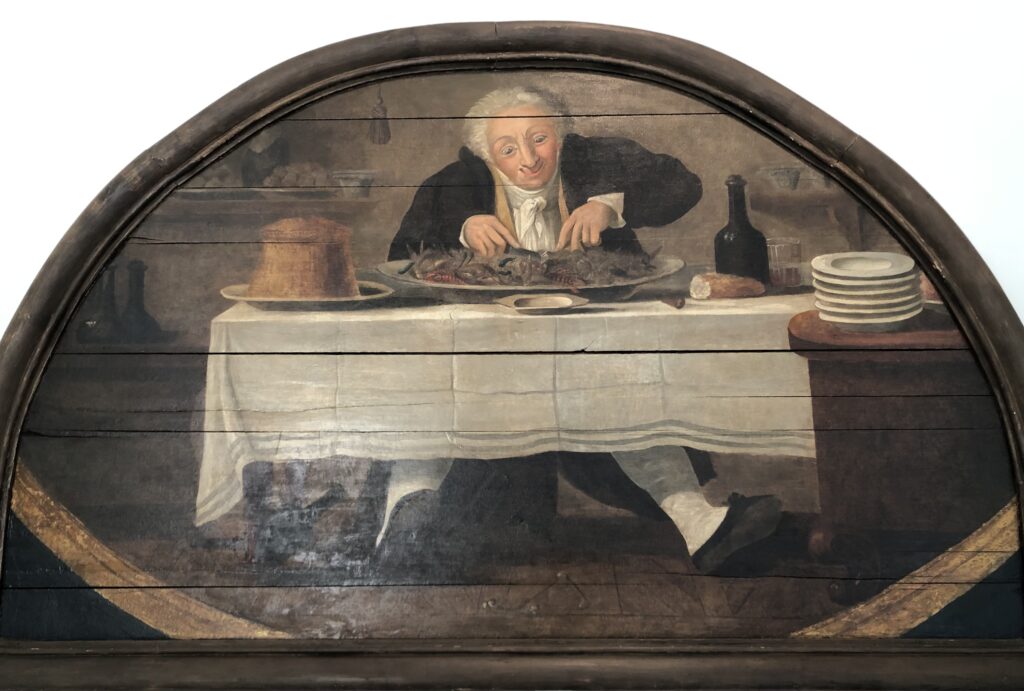
The onions braised in red wine that I mention in the text is from Amanda Hesser’s ‘The Cook and the Gardener’. Published in the UK in 2004, it is destined, to my mind, to become one of the classics. And it’s a good read too. It is a fact that some cookery books work better in one country than another and this one, written by an American chef working in a French country house, is one to have to hand if you spend a lot of time in France. It certainly warrants its space on my French kitchen shelf alongside the collected works of Elizabeth David, Patience Gray’s ‘Honey from a Weed’ and Richard Olney.
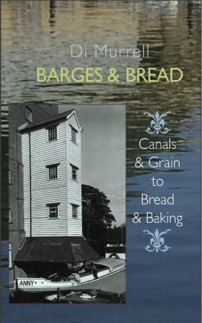
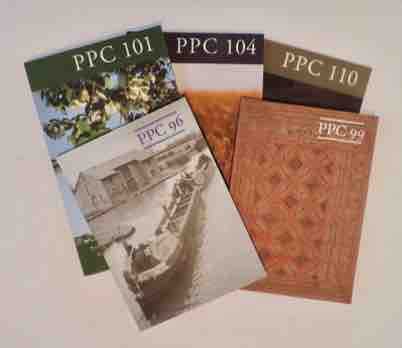
0 Comments